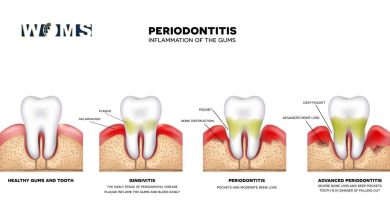How Physical Therapy Can Help You Live a More Fulfilling Life With Parkinson’s Disease

Parkinson’s disease is a progressive neurological condition that results in, among other symptoms, a lack of muscle control and coordination. Learn more about how physical therapy Newton KS can help people living with the condition retain function and live more fulfilling lives.
Optimize Your Exercising
Most people might not automatically associate exercise with Parkinson’s disease. Special safety considerations must be taken in many cases, but just like anyone else, people with Parkinson’s disease can gain many benefits from staying active as long as possible.
Balance trouble, poor posture, and reduced endurance are all symptoms of Parkinson’s disease that can negatively impact your ability to exercise effectively. Luckily, physical therapists are experts at developing safe exercise strategies. When you work with a PT, you can gain insight into factors such as:
- How Parkinson’s disease impacts your balance and gait
- Ways to adjust posture to improve function
- Strategies for maintaining endurance levels
- Exercises that are safe and effective for individuals with Parkinson’s symptoms
- New ways to perform familiar exercises and activities safely with your specific limitations
Retain Motor Skills
Losing motor skills, both fine and gross, is a hallmark of progressing Parkinson’s disease. However, many patients find that physical and occupational therapy can reduce losses to these abilities. Some examples of fine motor skills a physical therapist can help with include grasping everyday items (a coffee cup, newspaper, utensils, etc.) and manipulating objects (pens, buttons, an electric razor, etc.).
Working with a physical therapist near me is an excellent way to keep motor skills sharp. That results in a greater ability to complete routine tasks, prolonged enjoyment of favorite activities, and more independence.
Reduce Your Risk of Falling
Disrupted balance, a shuffling gait, and poor posture are all common in people with Parkinson’s disease. Coupled with decreasing coordination, falling is common. Sadly, some people do not recover emotionally or physically from a fall, especially if it results in a major injury.
The fear of falling often increases after an initial spill. Unfortunately, this fear can increase your risk of falling again — and of getting injured if you do. Repeated falls feed the cycle, and eventually limit your activities and movements. Physical therapists can help you identify risk factors for falling and make adjustments to reduce their impact.
Decrease Pain
People living with Parkinson’s disease may find relief from some pain with regular physical therapy sessions. Muscle rigidity and stiffness contribute to musculoskeletal pain in a majority of people with Parkinson’s disease. However, many patients experience pain from other, co-occurring conditions such as arthritis or injuries from a fall.
Physical therapists are specially trained to address pain and develop programs to reduce it. PT has been found as effective as surgery for the treatment of many common ailments, such as osteoarthritis and rotator cuff injuries.
Consult With A Physical Therapist
Physical therapy is proven to help reduce symptoms in many patients with Parkinson’s disease. It can help reduce fall risk, improve motor function, and increase physical activity levels. Combined, these improve the overall quality of life of patients. Research physical therapy near me to learn more and get started.




